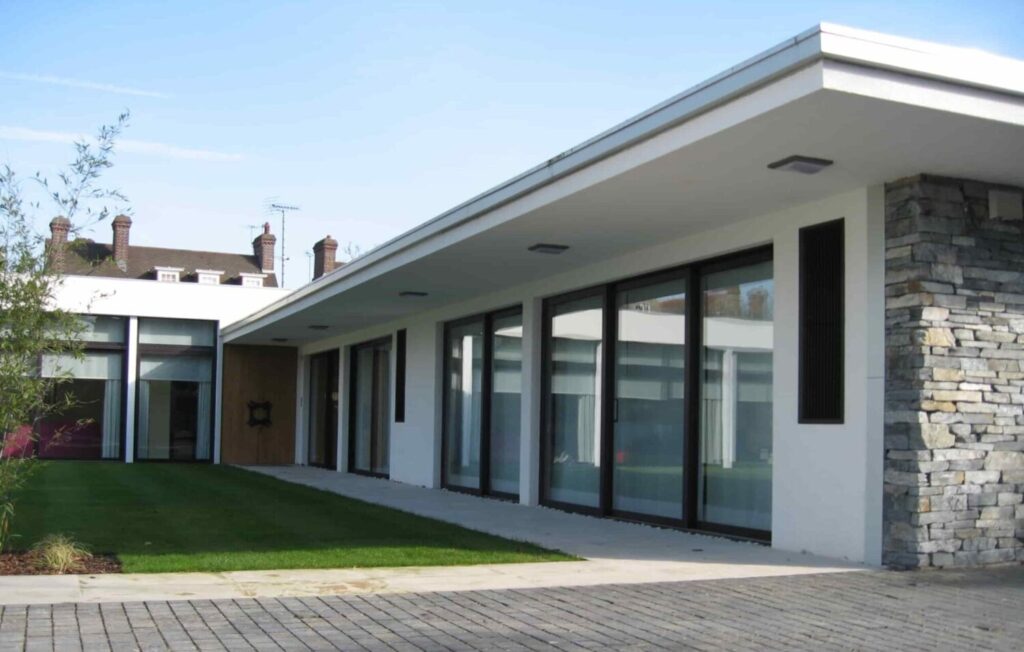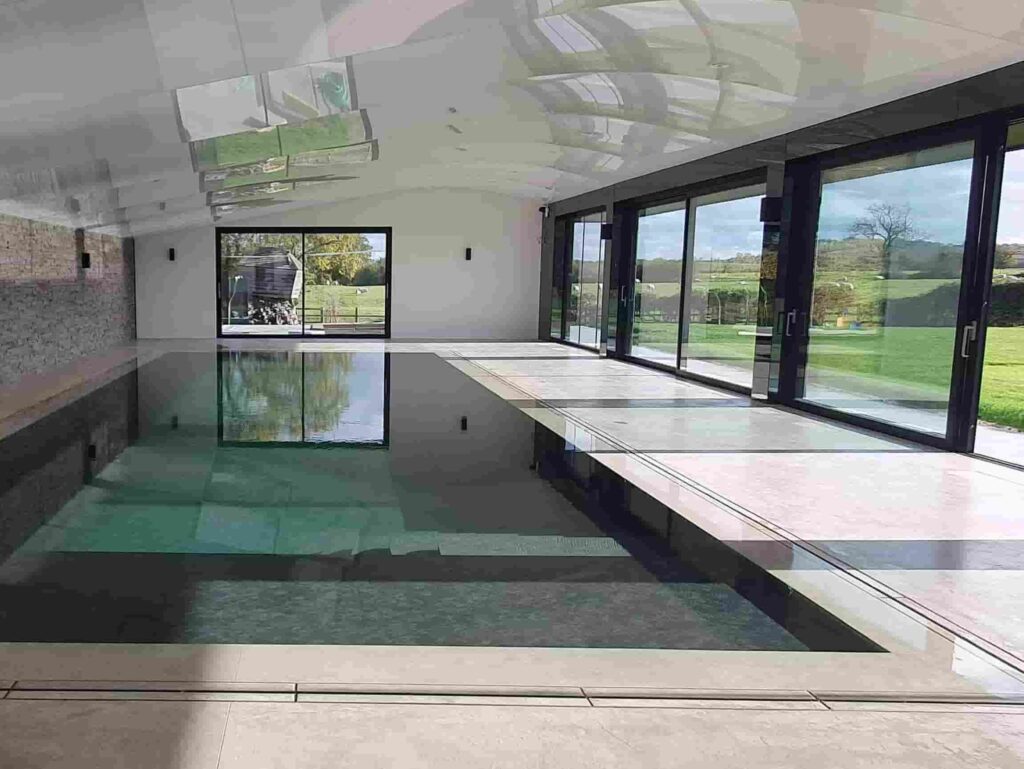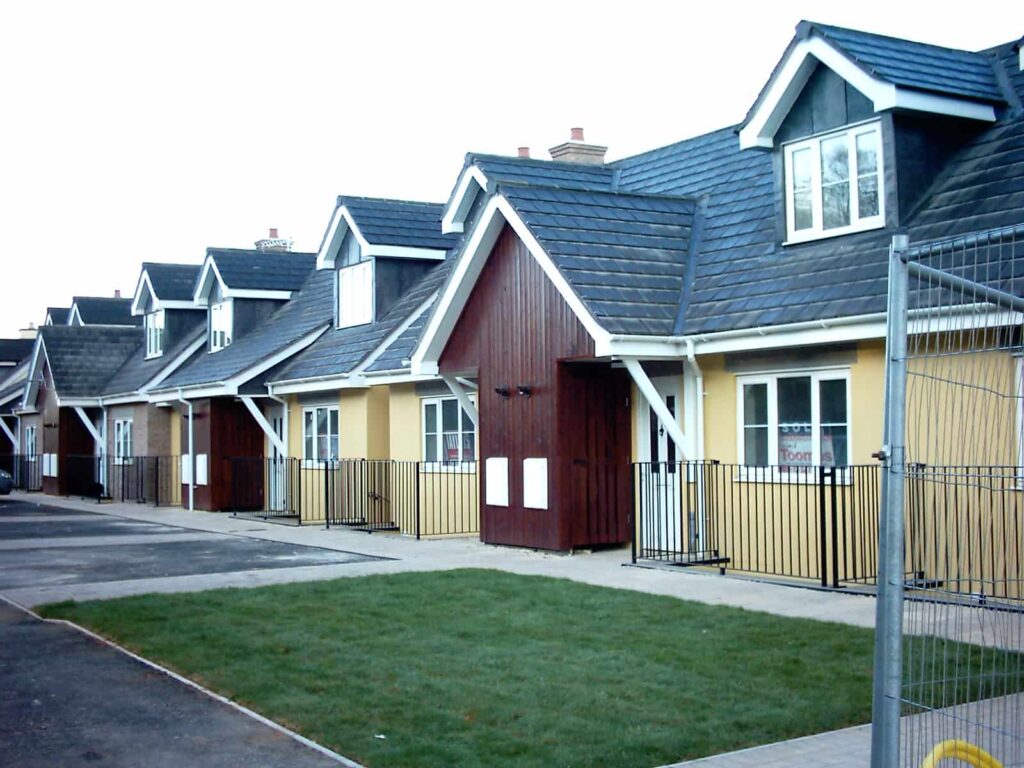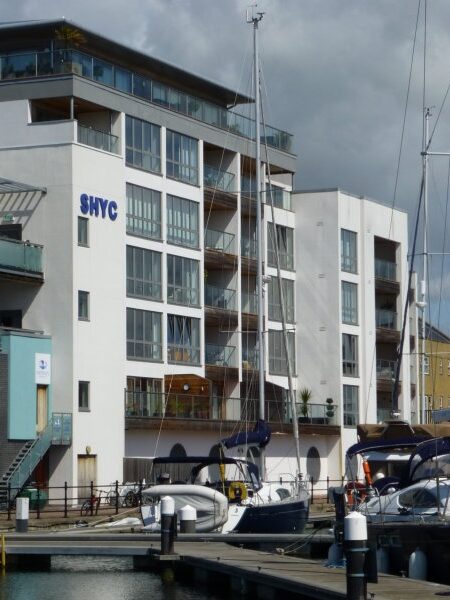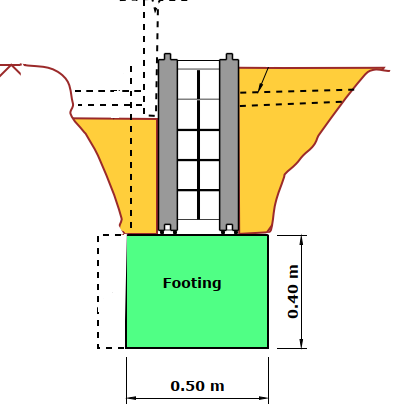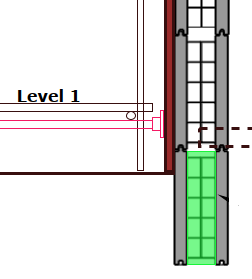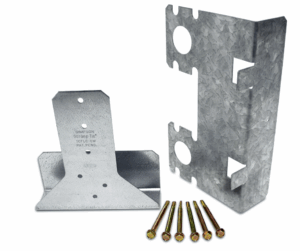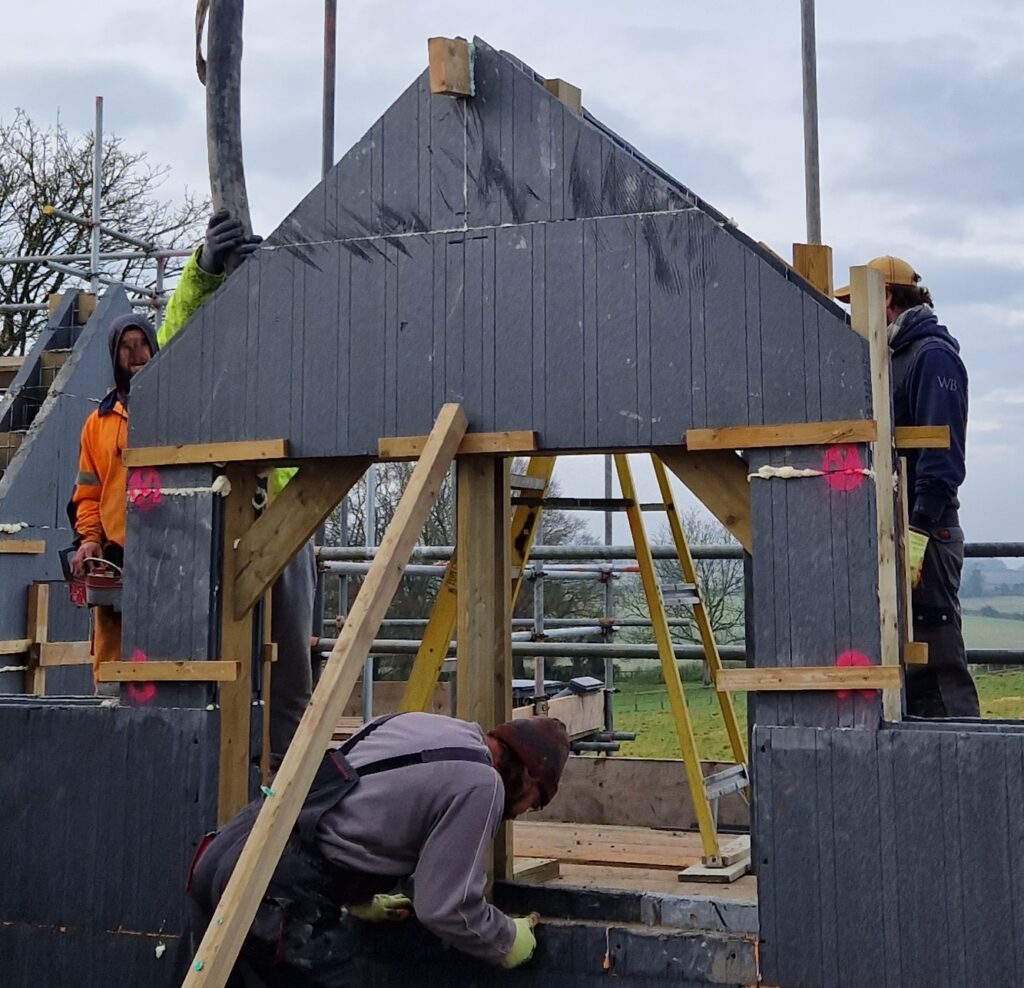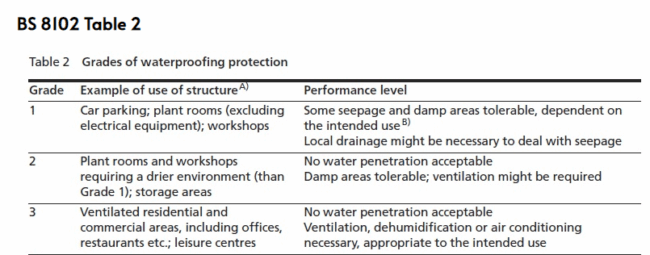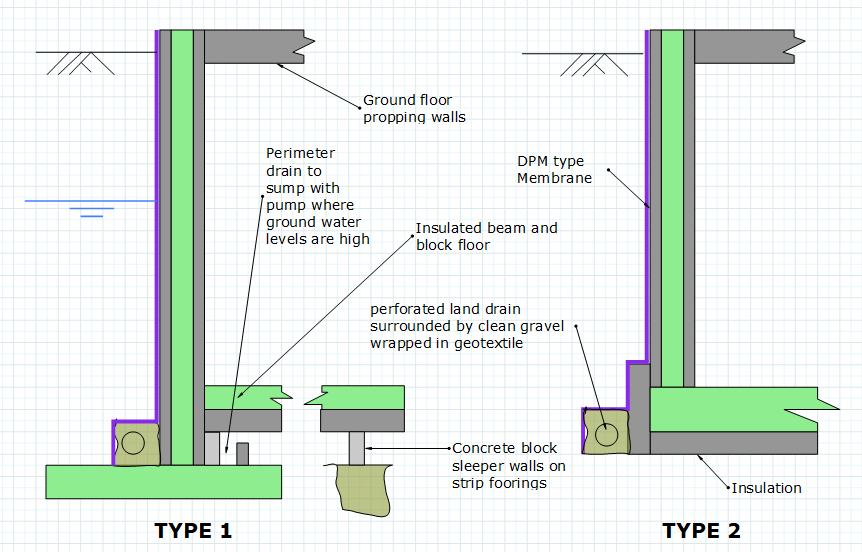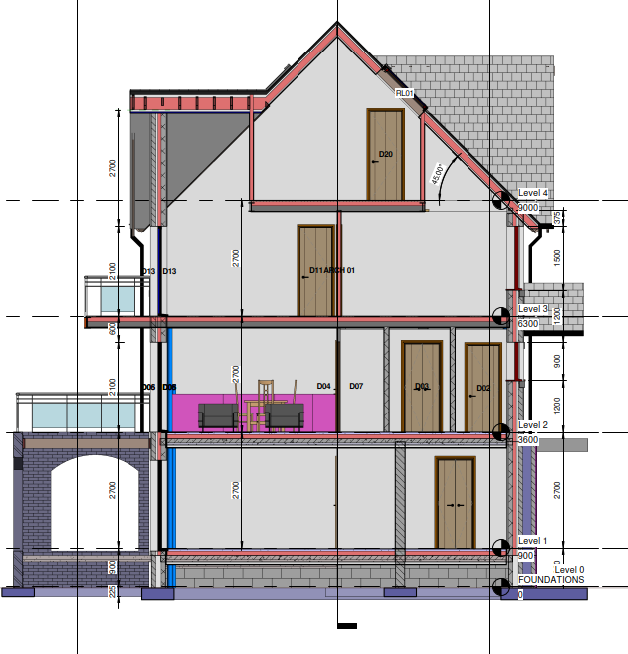ICF House Plans
This guide outlines the basic principles of using Insulated Concrete Formwork (ICF) to create your new house design plans. First and foremost, you will need to determine whether your project requires an Architect to produce the project drawings, but these ICF principles apply either way.
When do you need an architect to undertake ICF design for your project?
Permitted Development
Many simple ICF design projects can be built under Permitted Development Rules. These projects rarely need an architect’s services and we can provide all ICF home plans required for submission to your local council.
Standard House Plans
Do you know the exact design specification for your new house project? We can provide ICF designs for conventional domestic houses (up to maximum 3 floors, inc. basement) or rooms in the roof with dormers. We can provide drawings for planning application and building regulation approval.
Layout Guidance & Advice
If the required home design plans are complex or you need guidance on how to implement your design ideas, you should employ an architect to develop the concept of your ICF home plans and provide the planning application drawings.
Distinctive Concepts
Dramatic concepts or features such as large open spaces, bifold doors, swimming pools, curved walls or dramatic cantilevers can all be provided for your by your architect using the unique qualities of Insulated Concrete Form Design. We can advise them on the best methods for your particular project.
Let’s get your Home Design Plans approved and ICF ready!
Review our different design services in more detail and see how we can help get your project off the ground and built to the highest standard.
Basic Principles for ICF House Plans
Basic Principles for Basements
Build smarter: stay up to date with the latest industry news & icf insights
Subscribe to our newsletter for exclusive Insulated Concrete Formwork construction insights, key industry developments and updates on the constantly evolving landscape of house building in the UK.
